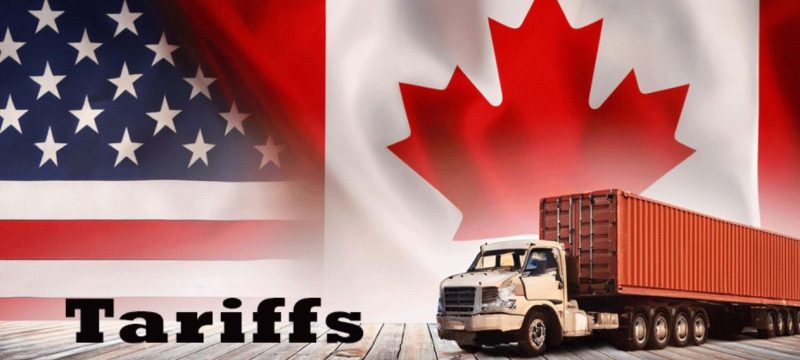U.S. President Donald Trump has announced a steep 35% tariff on imports from Canada, set to begin on August 1. This move marks a sharp increase from the current 25% tariff and could further strain economic ties between the two neighboring countries.
In a letter shared on his social media platform, Trump warned Canadian Prime Minister Mark Carney that the tariff could rise even more if Canada responds with retaliatory measures. The new tariff comes as Trump pushes forward with a broader trade strategy, targeting several global trading partners.
The U.S. administration clarified that goods covered under the United States-Mexico-Canada Agreement (USMCA) will still be exempt. Tariffs on energy and fertilizer products will remain at 10%, though Trump has not yet made a final decision on these items.
According to Trump, the increased tariff aims to protect the U.S. economy and address trade deficits. He also cited concerns over fentanyl smuggling and trade barriers that harm U.S. dairy farmers. Trump indicated that cooperation from Canada on the fentanyl issue could lead to a reconsideration of the tariff.
Prime Minister Carney responded in a post on X, affirming his commitment to defend Canadian workers and businesses. He added that Canada continues to make efforts to prevent fentanyl trafficking and is willing to cooperate with the U.S. to save lives.
The Canadian government has been working to finalize a new trade and security agreement with the U.S. by July 21. Carney had hoped to ease tensions through this deal, but the sudden tariff hike has made the negotiation process more challenging.
Trump has also hinted at imposing blanket tariffs of 15% to 20% on other trade partners. Some nations, including Myanmar and the Philippines, have already begun negotiations to reduce their own tariff rates with the U.S.
The tariff dispute has rattled global markets. Analysts fear that tensions with other allies, such as Japan, South Korea, and the European Union, may lead to broader economic instability. Investors remain on edge as they await further tariff announcements from Washington.
In summary, the 35% tariff on Canadian imports signals a new phase in Trump’s aggressive trade policy. Whether this approach leads to revised trade deals or deeper economic rifts remains to be seen.
Discover how the U.S. job market stayed strong in June even amid rising global tariff tensions









